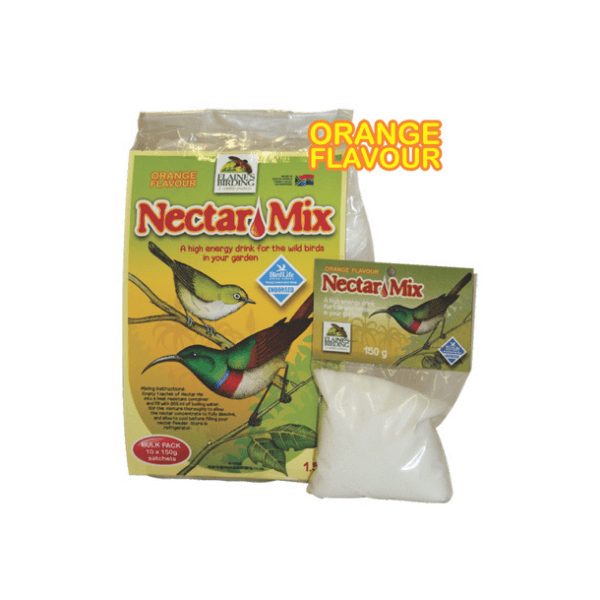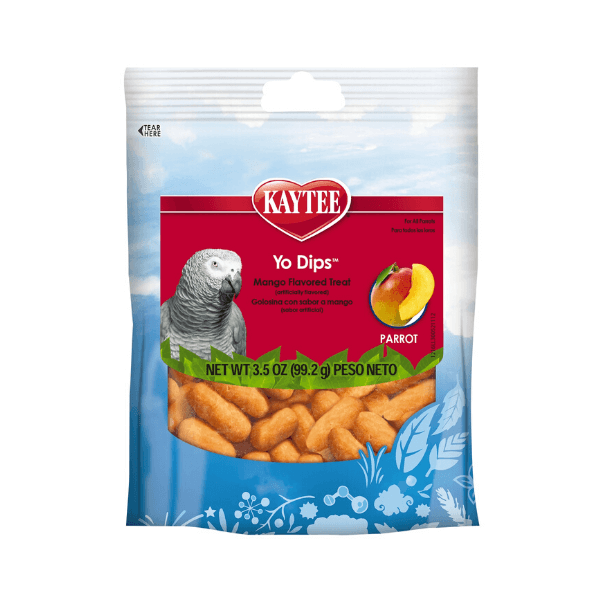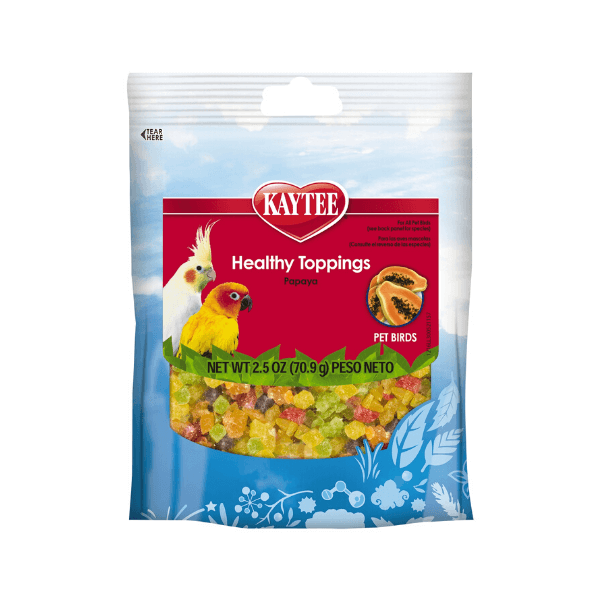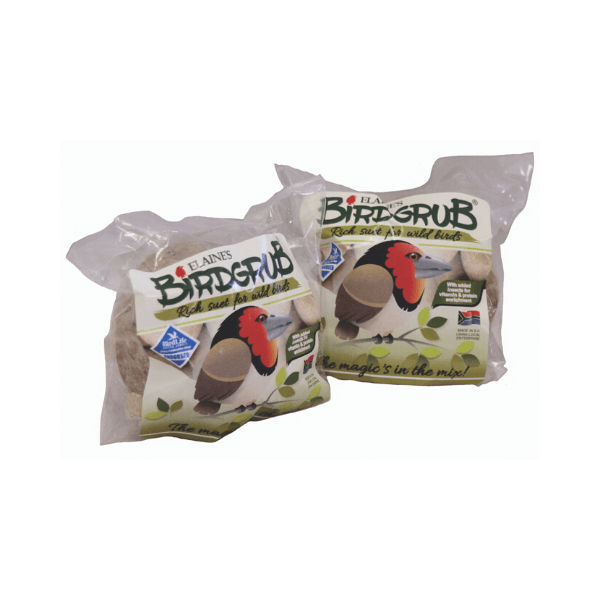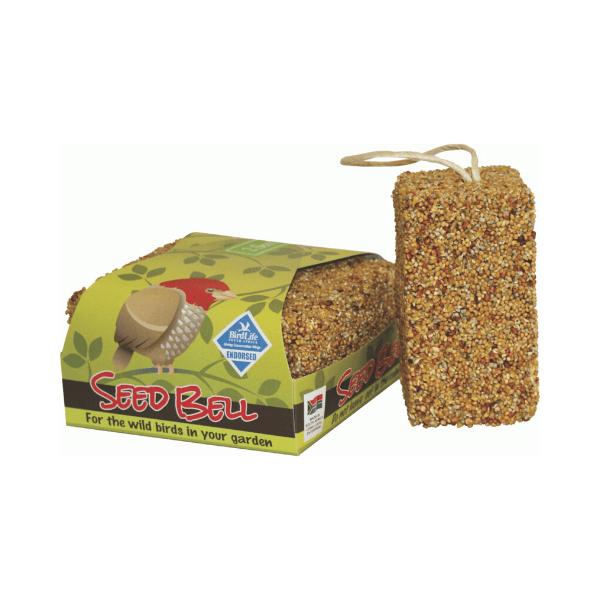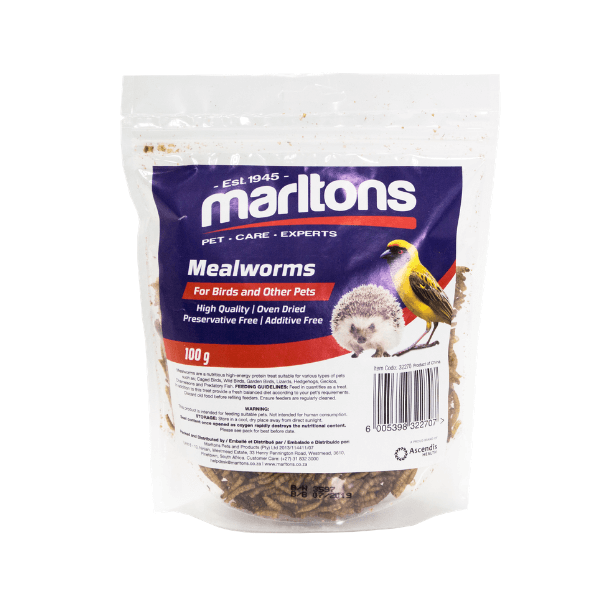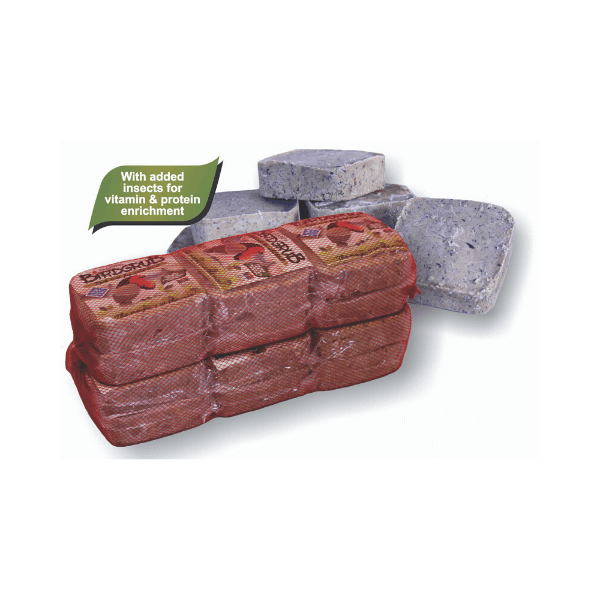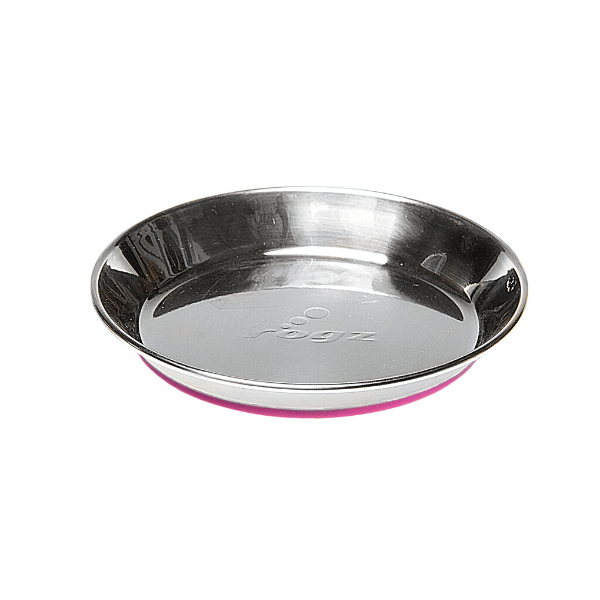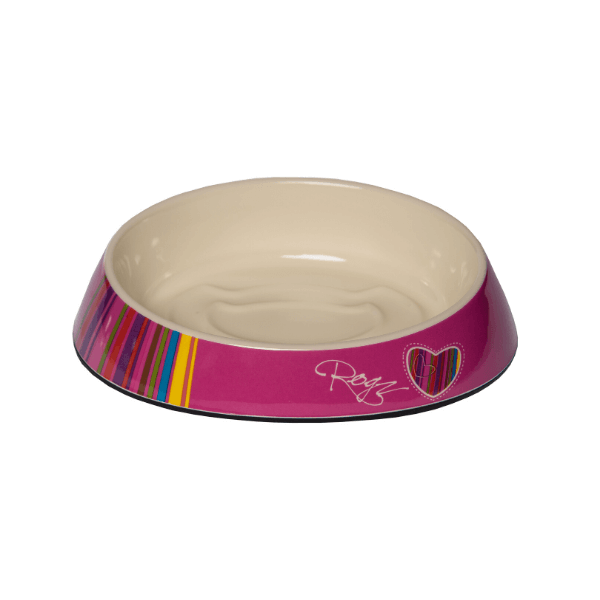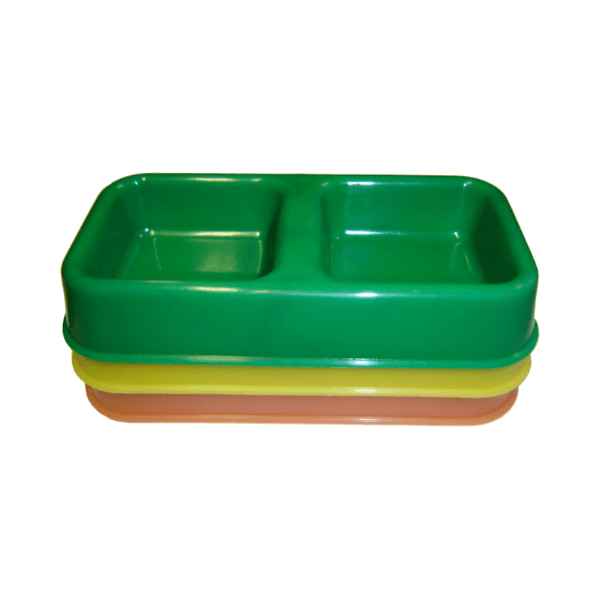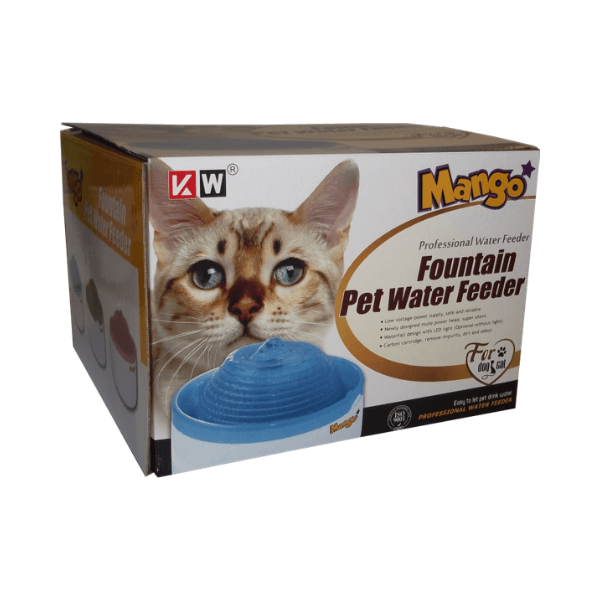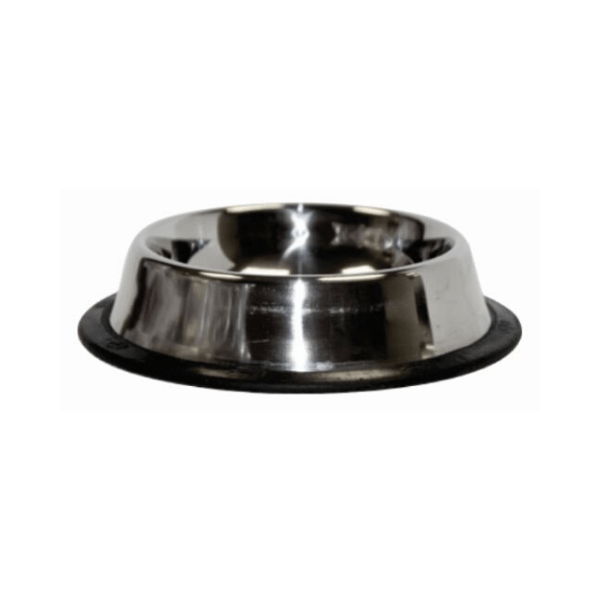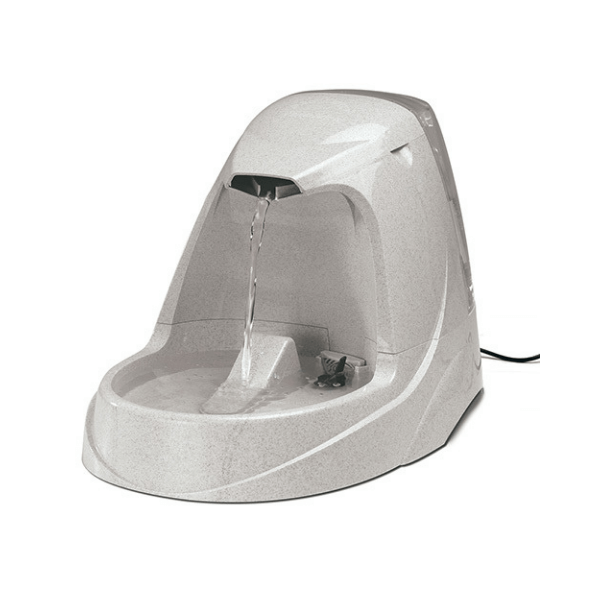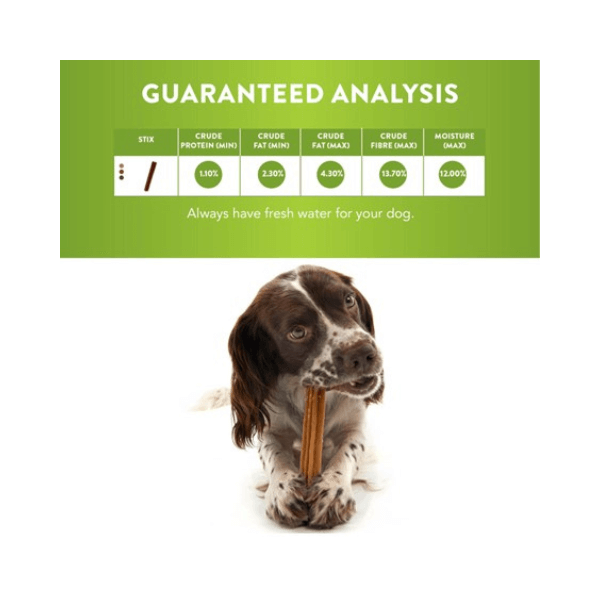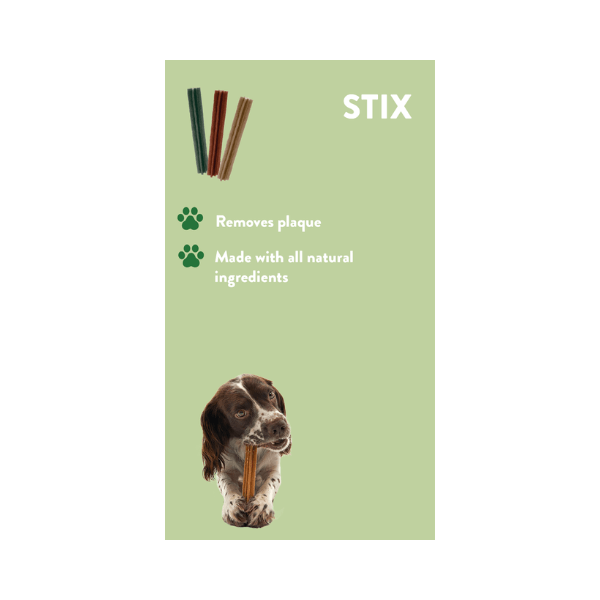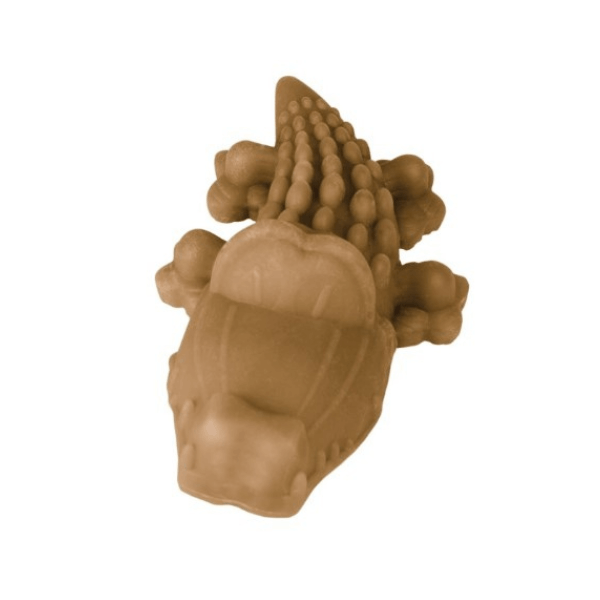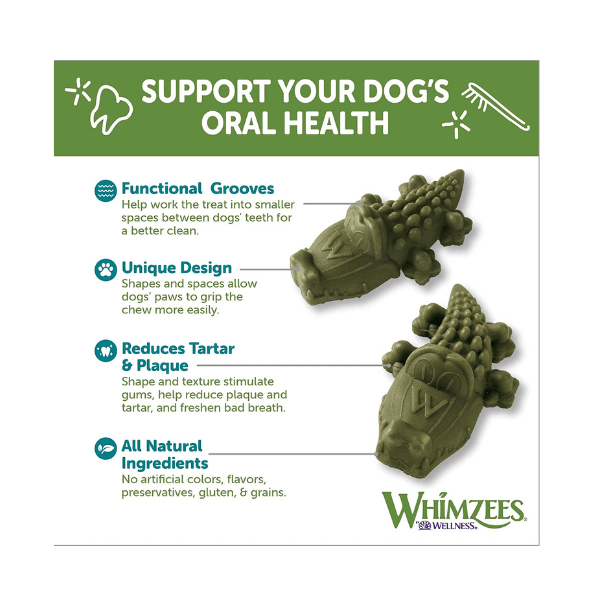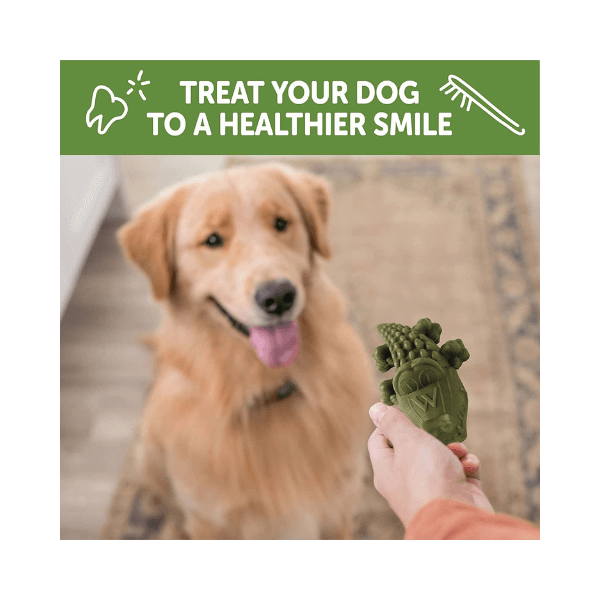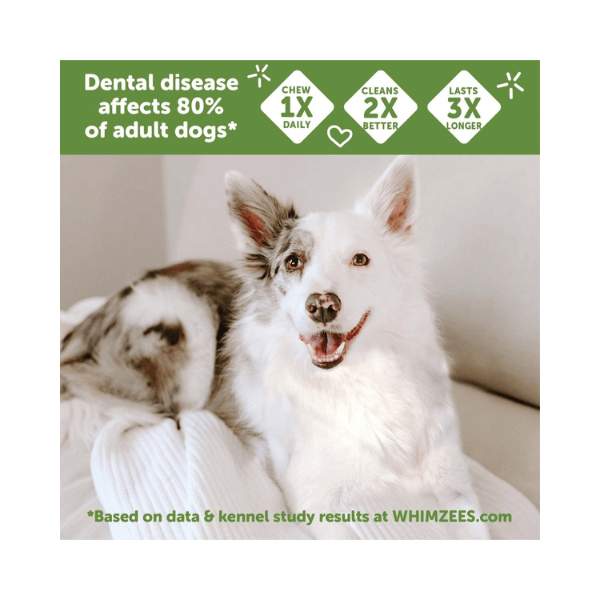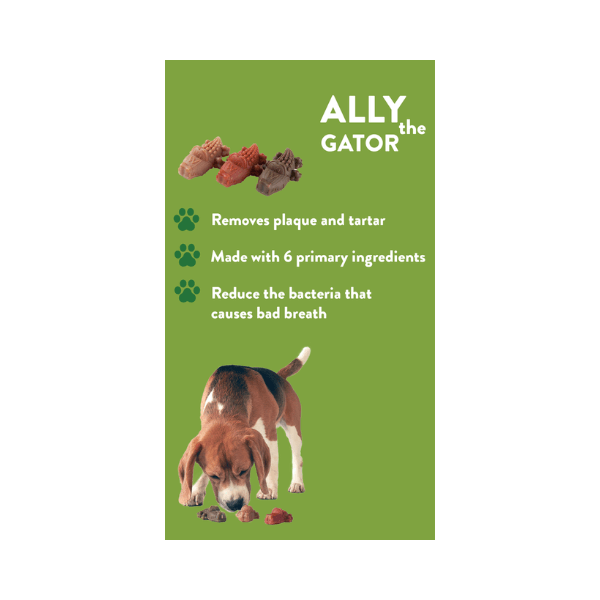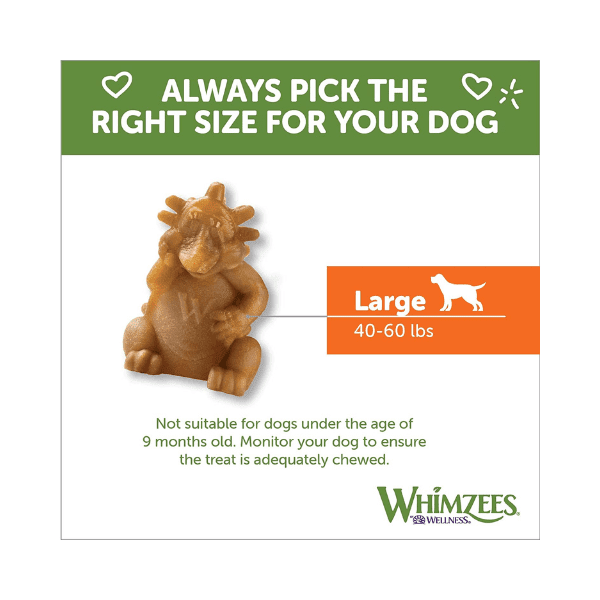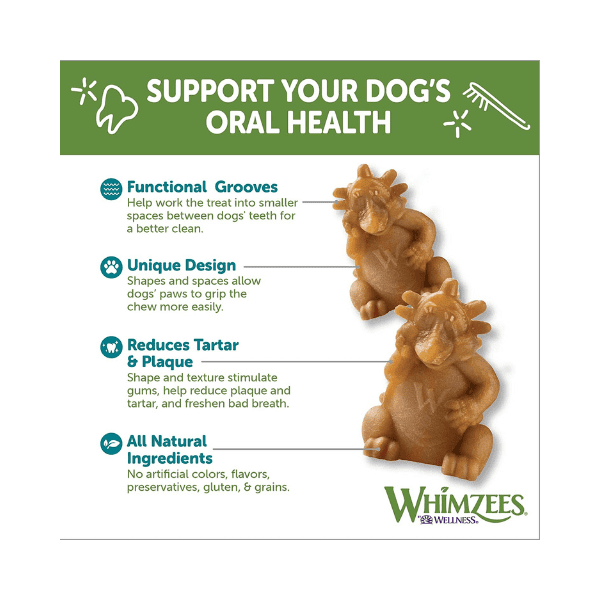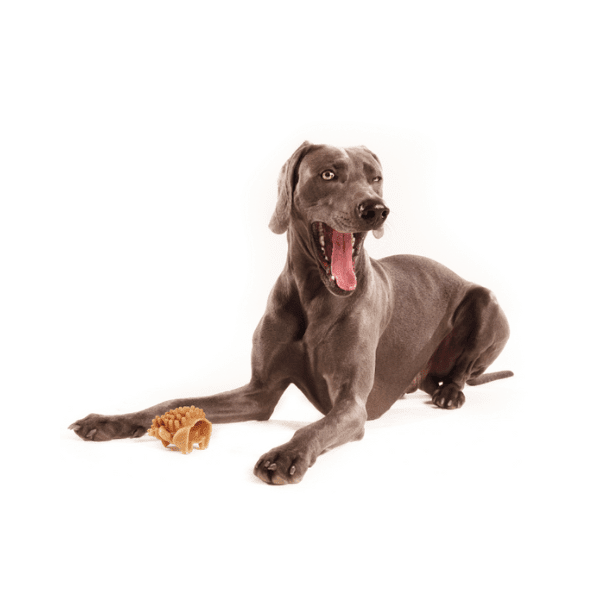
Types of Cat Vomit — and When to See the Vet. (It’s gross, but we’ve got to talk about it)…
View All Cat Products Available In Our Shop
It may be an unpleasant topic, but it's essential to address: the various types of cat vomit and the appropriate times to consult a veterinarian. Not all instances of vomiting in cats are identical; understanding the different forms can provide insight into potential health issues. By examining the characteristics of the vomit, pet owners can better determine when it is necessary to seek professional advice for their feline companions.
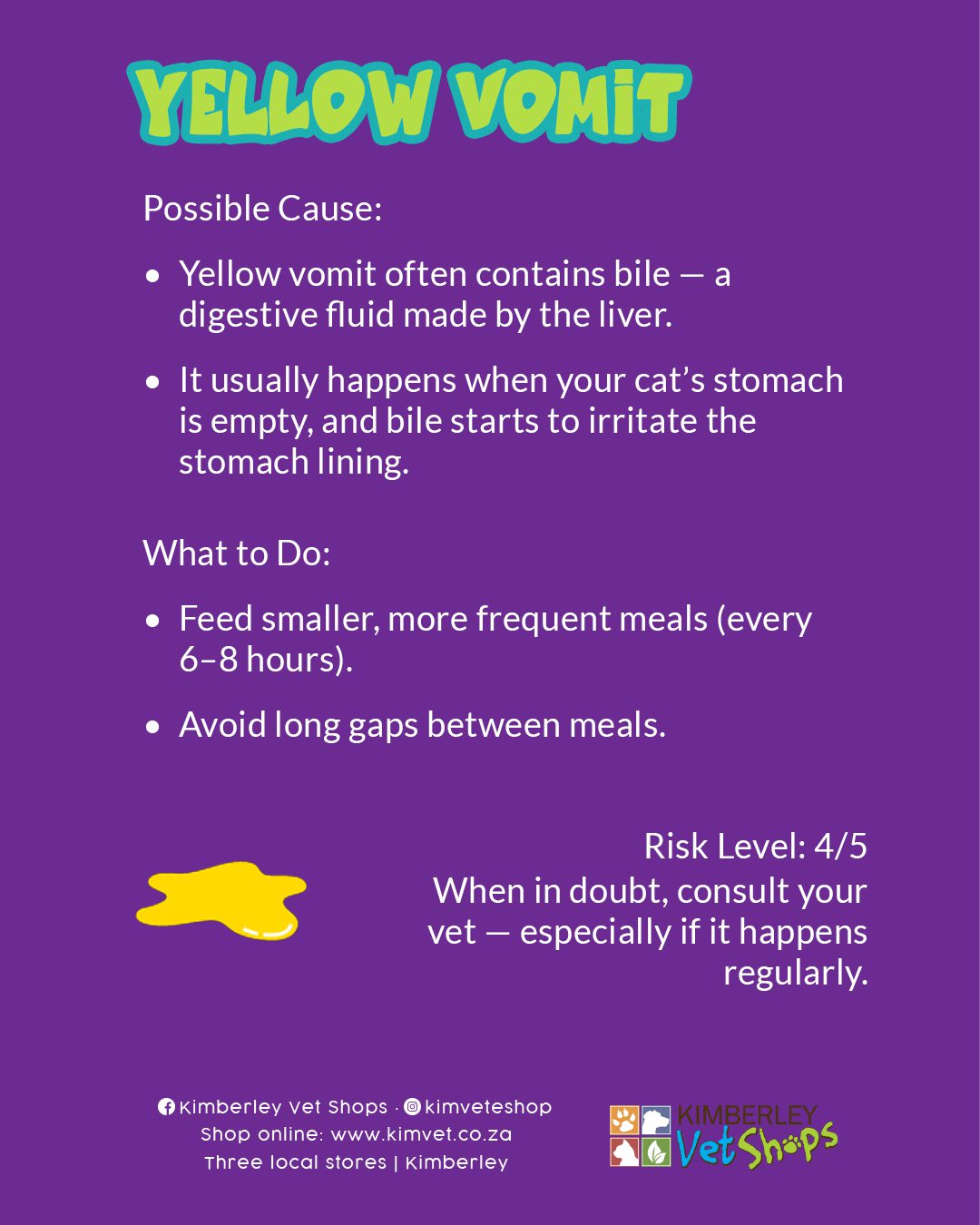
Yellow Vomit
Possible Cause:
• Yellow vomit often contains bile — a digestive fluid made by the liver.
• It usually happens when your cat’s stomach is empty, and bile starts to irritate the stomach lining.
What to Do:
• Feed smaller, more frequent meals (every 6–8 hours).
• Avoid long gaps between meals.
Risk Level: 4/5
When in doubt, consult your vet — especially if it happens regularly.
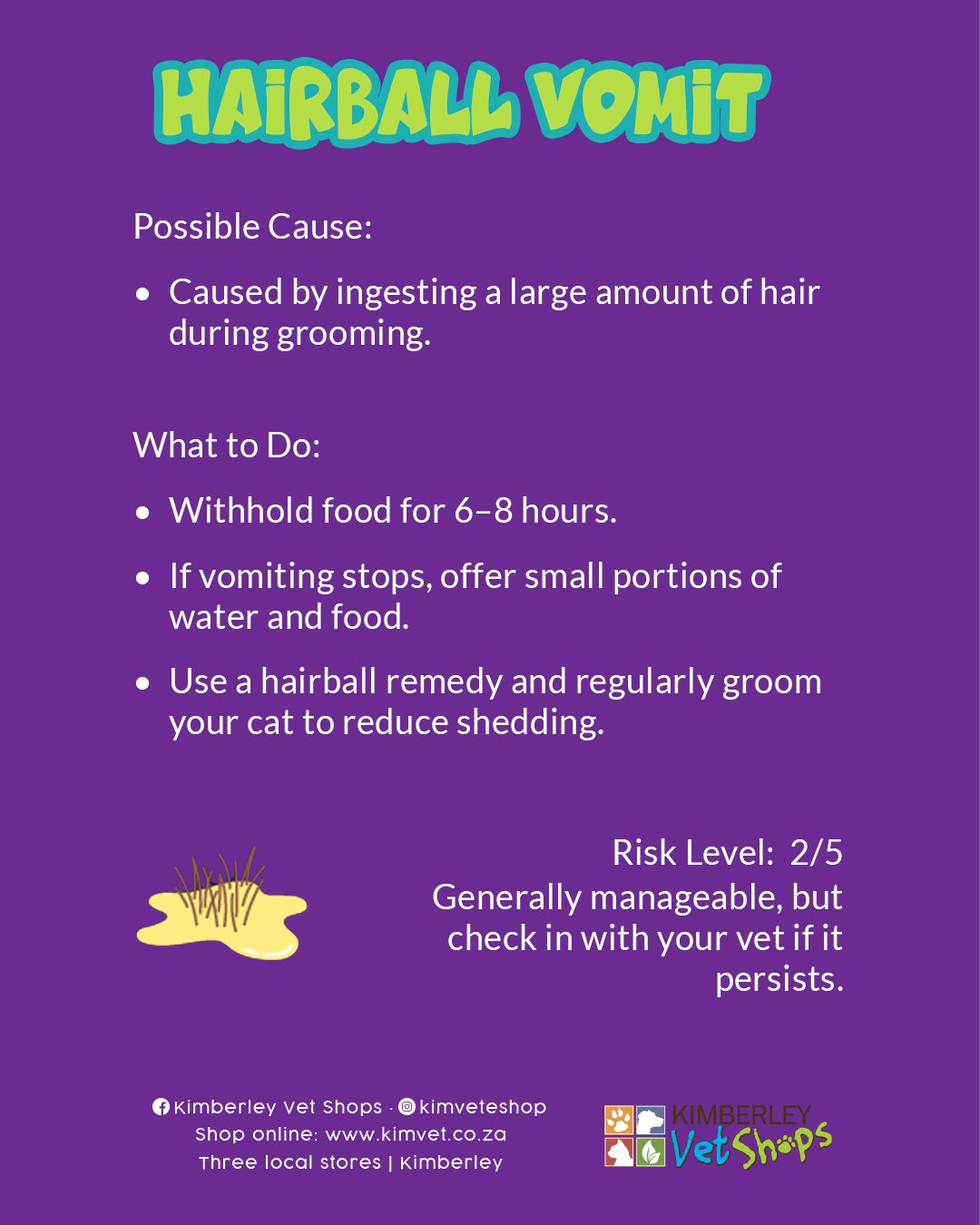
Hairball Vomit
Possible Cause:
• Caused by ingesting a large amount of hair during grooming.
What to Do:
• Withhold food for 6–8 hours.
• If vomiting stops, offer small portions of water and food.
• Use a hairball remedy and regularly groom your cat to reduce shedding.
Risk Level: 2/5
Generally manageable, but check in with your vet if it persists.
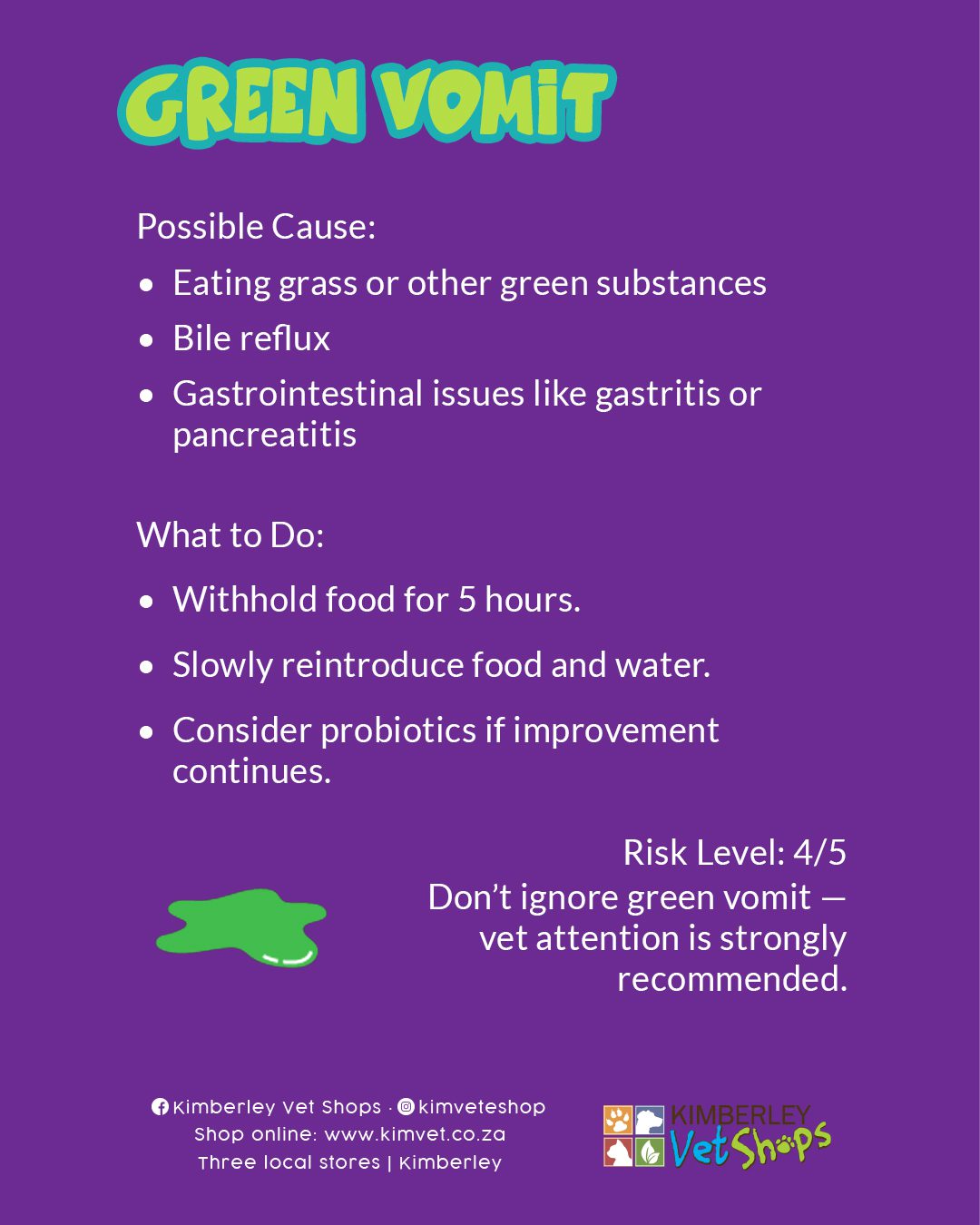
Green Vomit
Possible Causes:
• Eating grass or other green substances
• Bile reflux
• Gastrointestinal issues like gastritis or pancreatitis
What to Do:
• Withhold food for 5 hours.
• Slowly reintroduce food and water.
• Consider probiotics if improvement continues.
Risk Level: 4/5
Don’t ignore green vomit — vet attention is strongly recommended.
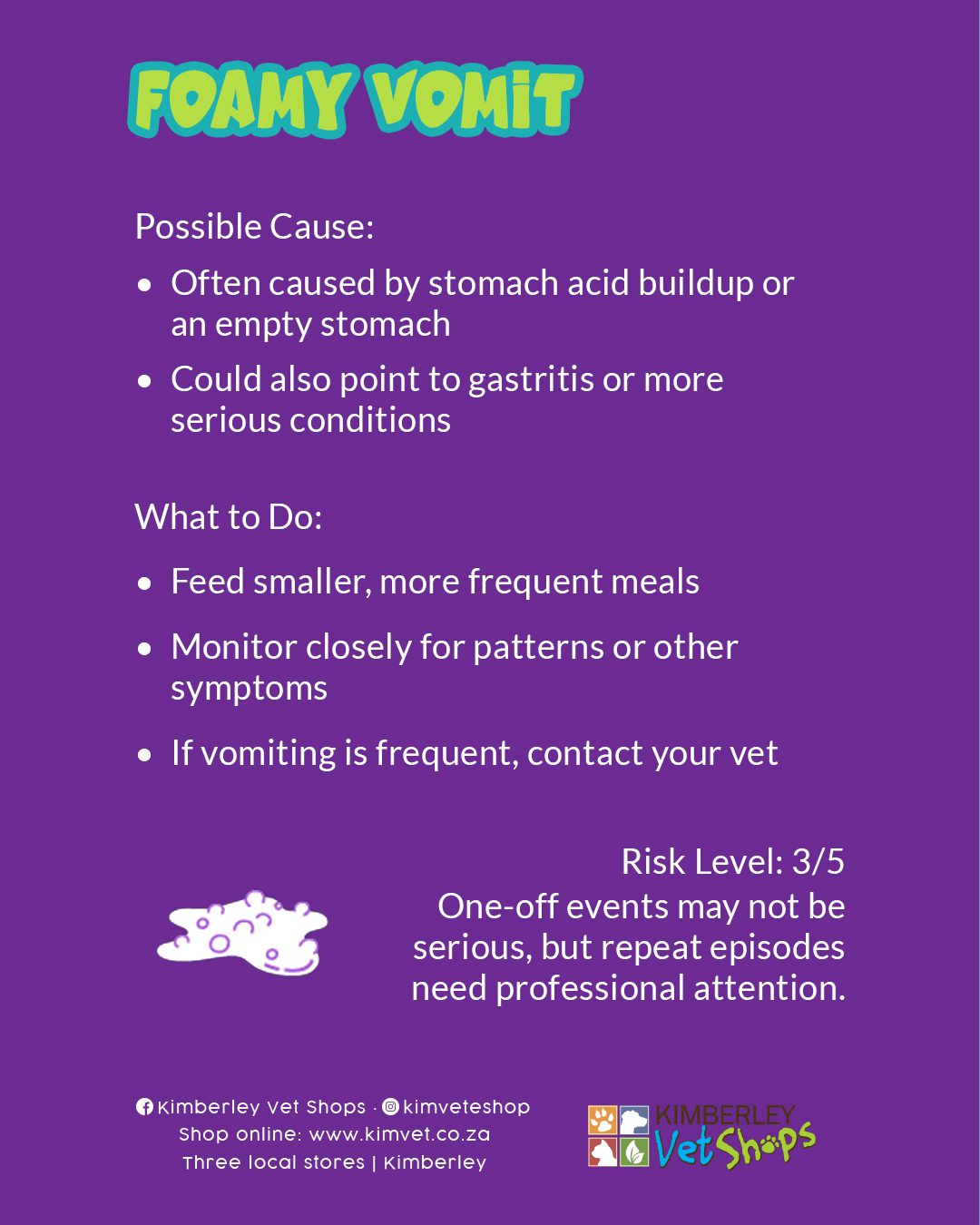
Foamy Vomit
Possible Cause:
• Often caused by stomach acid buildup or an empty stomach
• Could also point to gastritis or more serious conditions
What to Do:
• Feed smaller, more frequent meals
• Monitor closely for patterns or other symptoms
• If vomiting is frequent, contact your vet
Risk Level: 3/5
One-off events may not be serious, but repeat episodes need professional attention.
Call us if you notice any of these, we’re here to help: 053 832 5711
#petsupplies #petcare #shoplocal #petlovers #petproducts #smallpets #animalcare
SHOP BY CATEGORY;
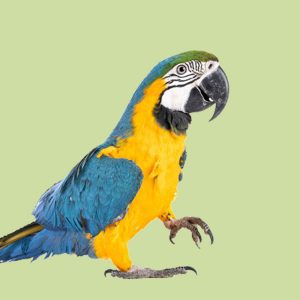
SHOP BIRDS
KIMVET - Shop by Category - BIRD PRODUCTS; Bird Food, Bird Medicines, Bird Treats, Bird Toys, Bird Accessories & More!
FREE SHIPPING applies for orders over R400 (within Kimberley) and for orders over R1000 (anywhere in South Africa)!

SHOP CATS
KIMVET - Shop by Category - CAT PRODUCTS; Cat Food, Cat Deworming & Tick/Flea, Cat Treats, Cat Toys, Cat Beds, Cat Collars, Cat Harnesses, Cat Tags, Cat Carriers, Cat Litter, Trays & Accessories, Cat Bowls, Cat Grooming & More!

SHOP DOGS
KIMVET - Shop by Category - DOG PRODUCTS; Dog Food, Dog Deworming & Tick/Flea, Dog Treats, Dog Toys, Dog Beds, Cushions & Blankets, Dog Clothing, Dog Collars, Dog Harnesses, Dog Leads, Dog Tags, Dog Bowls, Dog Grooming, Dog Training Solutions, Dog Accessories & More!

SHOP FISH
KIMVET - Shop by Category - FISH PRODUCTS; Fish Food, Fish Care, Fish Bowls & Tanks, Fish Accessories & Pumps, Fish Ornaments & Plants in Kim Vet online-store, delivering nation wide.

KIMVET - Shop by Category - GIFT CARD, GIFT VOUCHER; R 100, R 500 etc. Any amount you want to add on the gift card can be selected.
We stock various products in our store to cater for every pet’s need!
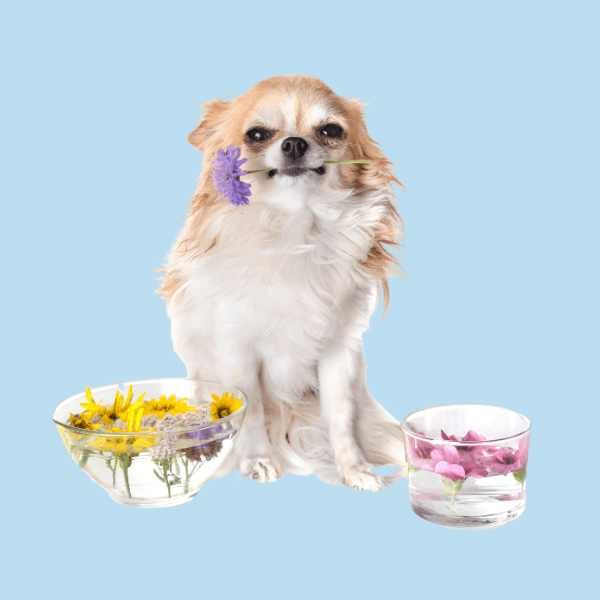
SHOP HEALTH AND SUPPLEMENTS
KIMVET - Shop by Category - HEALTH AND SUPPLEMENTS PRODUCTS; Calming, Eyes & Ears, Flies & Mosquitoes, General Supplements, Intestinal Support, Joint Care, Recovery, Skin Care, Wound Care & More!
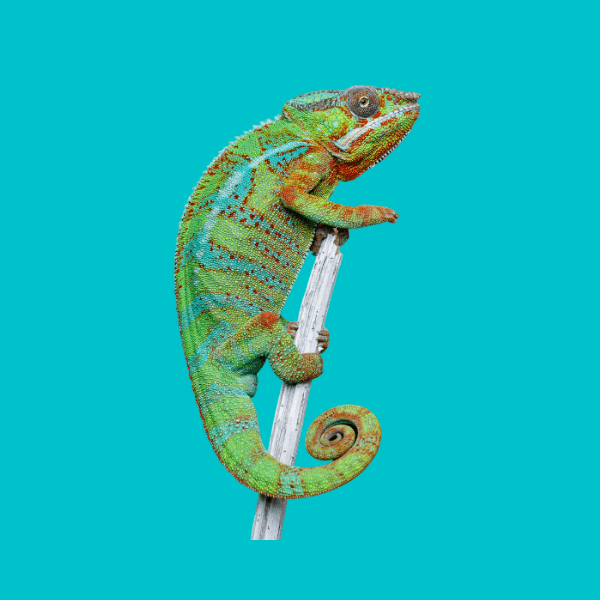
SHOP REPTILES
KIMVET - Shop by Category - REPTILE PRODUCTS; Reptile Care, Reptile Habitats, Reptile Accessories & More!
If we do not have something you need, contact us and we’ll get it in store for you to order easily.
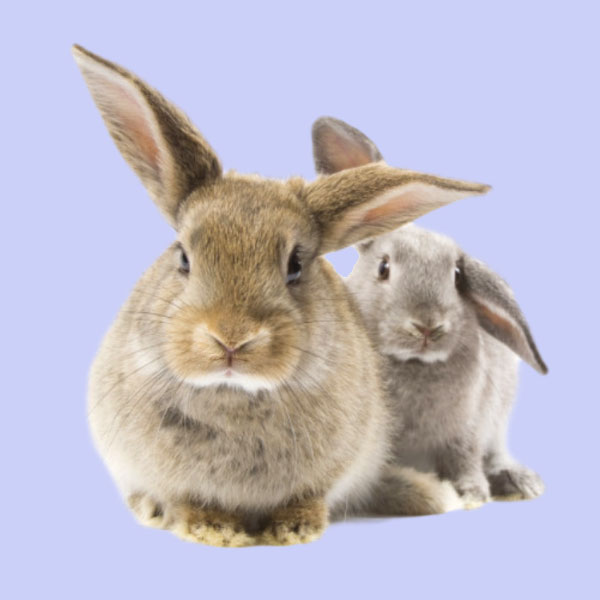
SHOP SMALL MAMMALS
KIMVET - Shop by Category - SMALL MAMMAL PRODUCTS; Small Mammals Food, Small Mammals Bedding & Hay, Small Mammals Toys, Small Mammals Accessories in Kim Vet's online-store, delivering nation wide.




